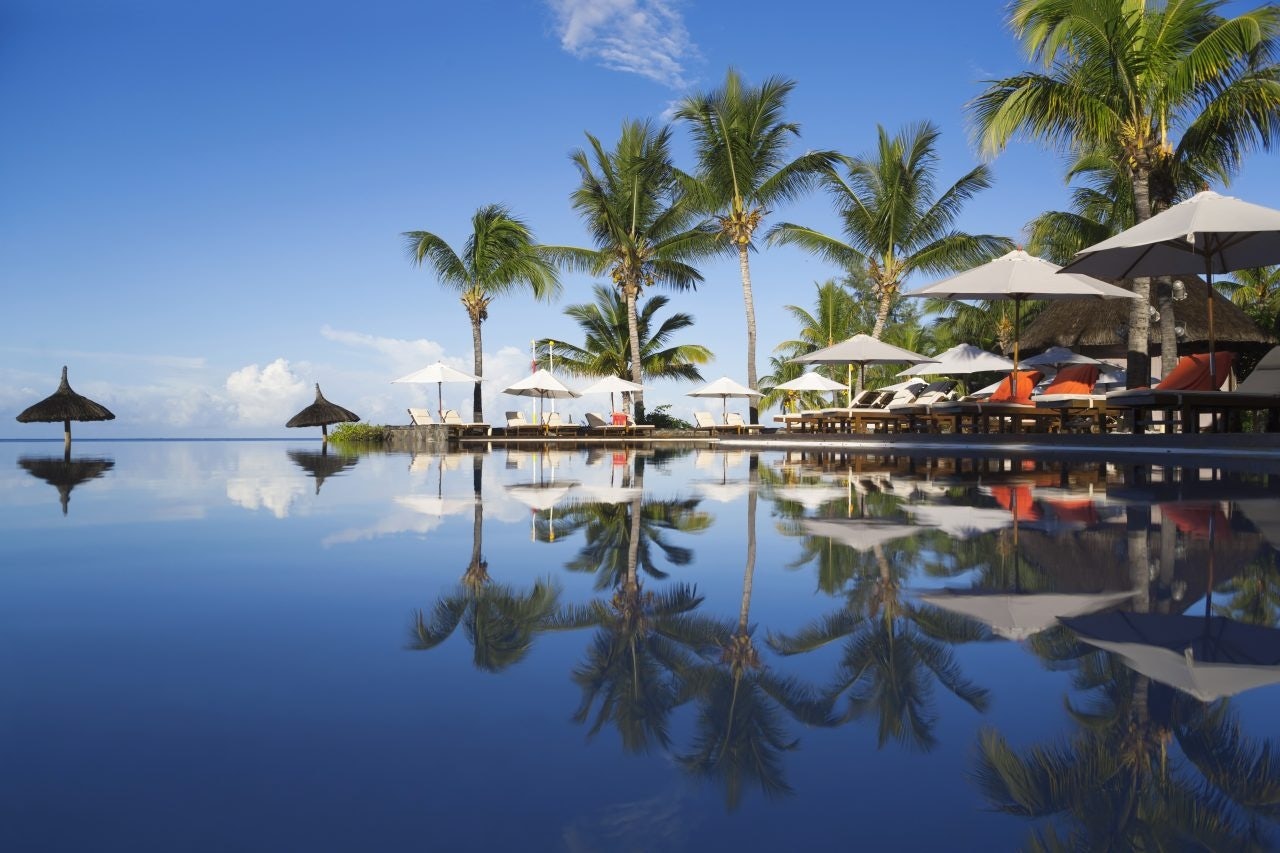Australia has created an enticing recipe to attract more Chinese tourists in adding more flights, offering 10-year visas and promoting a better exchange rate. Some Australian hoteliers, however, feel there aren’t enough hotel rooms in the country to keep pace with demand from China and other large international markets.
Australian destinations are particularly focused on attracting Chinese tourists this year because governments from both countries declared 2017 the China-Australia Year of Tourism which involves various trade shows, events and marketing campaigns in both countries to promote one another as destinations.
Chinese tourism to Australia is at a record high — some 1.1 million Chinese travelers visited the country last year and more than 300,000 already visited in January and February. Qantas Airways, Australia’s flag carrier, said it’s seen a boon from Chinese travelers flying to and domestically within the country.
But Australia risks losing Chinese market share from an inadequate hotel supply, said Matt Bekier, CEO of Star Entertainment Group, speaking to CNBC this week (watch video). “It’s fascinating that while we’re high-fiving each other about how great we are in getting the Chinese tourists to come to Australia, we’re losing market share,” Bekier told CNBC. Star is one of Australia’s largest gaming and casino companies with properties and resorts in Sydney and Brisbane, for example.
More flights from China from carriers such as Qantas and a 10-year trial visa program have helped Chinese travelers book trips faster than some hotels can keep up, said Bekier. “And that’s one of the main reasons for us to invest so much money and build up our hotel capacity as quickly as possible,” he said. “If you don’t have the hotel product to accommodate people, you can’t monetize the opportunity.”
Bekier also said hotels should ensure their customer service models are aligned with Chinese travelers’ expectations. “If you look at Chinese tourists, many of them are spending in the four and five-star category for accommodation and that’s where we actually need the capacity,” he said. “We need to get a lot more product up to that level where we’re competitive with the best product in Hong Kong, London or New York.”
Gold Coast, for example, plans to open the five-star Jewel Luxury Resort in December 2018 and Cairns, Australia in Queensland will open eight five-star, luxury resorts near the Great Barrier Reef in 2020. Australia has about 4,500 hotel rooms under construction that are slated to open by January 2019 compared to the more than 144,000 already online throughout the country, CBRE found.
Deloitte estimates Australia’s hotel occupancy rate will reach 71.3 percent by 2018 and even higher in Sydney (more than 90 percent) which is a major gateway for Chinese and other international travelers. Room nights sold are projected to grow three percent per year during the next three years, outpacing hotel supply growth by 1.4 percentage points, according to Deloitte.
Star, however, represents only a fraction of total hotel supply in Australia. Chinese arrivals were also down 18 percent year-over-year for February (more than 30,000 fewer arrivals) which is the tail-end of Australia’s peak summer tourist season while arrivals from India and Indonesia were up more than 20 percent.
But given Australia is a relatively more affordable long-haul destination than the U.S. or Europe, and with more direct flights and cheaper airfares, arrivals from China will likely keep trending up in the long-term.

